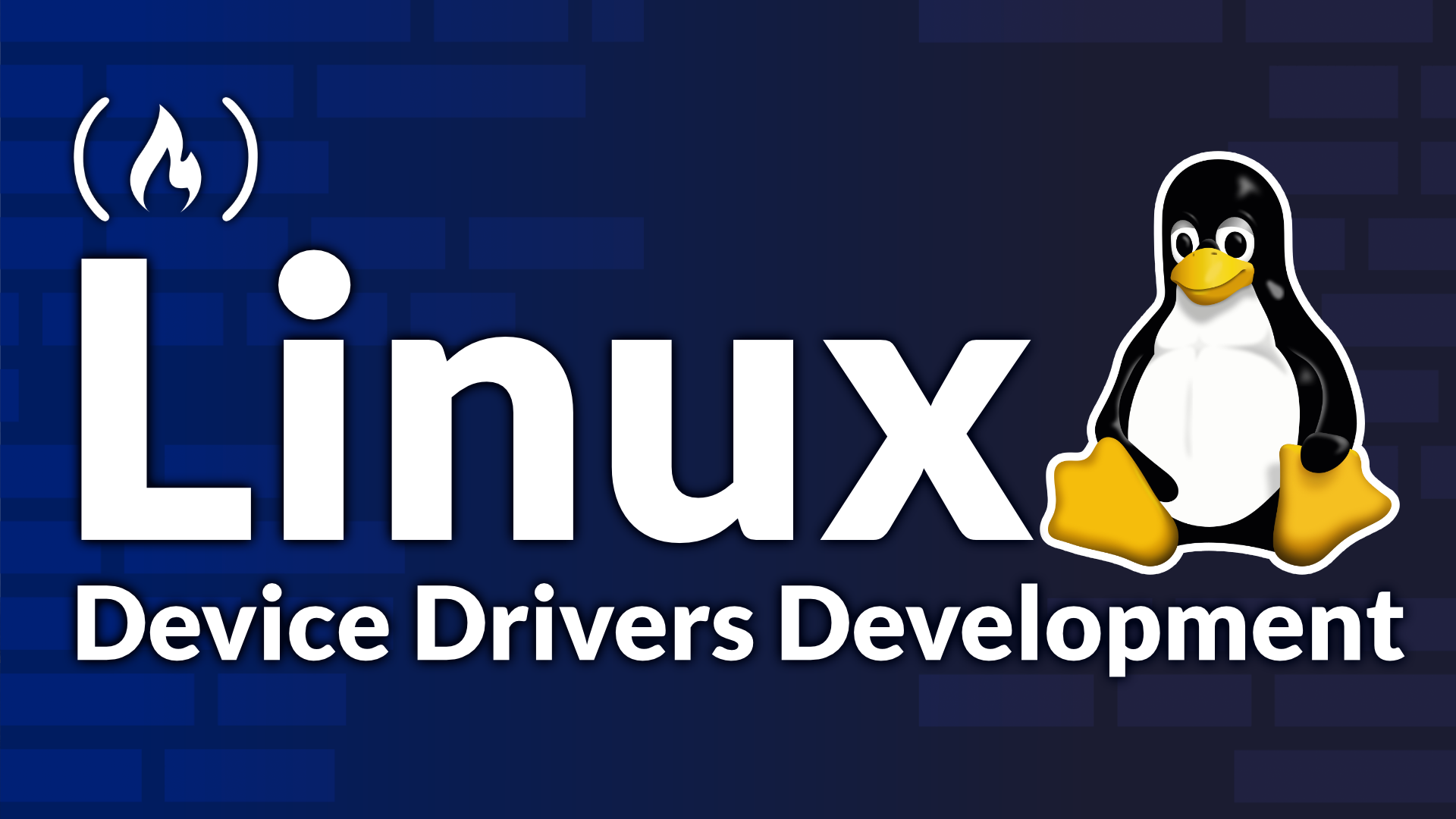
How to Create Linux Device Drivers
How to Create Linux Device Drivers 관련

Linux device drivers are critical pieces of software that allow your operating system to communicate with hardware like keyboards, printers, and other peripherals. Developing these drivers is a highly specialized skill that provides deep insights into how the Linux operating system works at a low level. Understanding how drivers interface with the kernel, interact with system calls, and manage hardware resources opens up new opportunities for advanced system programming and development.
We just published a course on the freeCodeCamp.org YouTube channel that will teach you all about developing Linux device drivers. This course provides a hands-on approach to mastering driver development, taking you through every step. Piyush Itankar created this course. Piyush is an embedded systems engineer at Google.
Course Breakdown
- Who we are and our mission: Meet the team behind the course and learn about their mission to make complex topics like device driver development accessible to everyone.
- Introduction and layout of the course: Get a detailed overview of what will be covered in the course and how each section builds on the last to deepen your understanding of Linux drivers.
- Sandbox environment for experimentation: Discover how to set up a safe and controlled environment where you can experiment with driver development without affecting your main system.
- Setup for Mac, Linux, and Windows: Learn how to configure your development environment on any operating system, including Mac, Linux, and Windows, so you can get started no matter what platform you're using.
- Linux Kernel, System, and Bootup: Learn more about the Linux kernel, system boot processes, and how drivers play a crucial role in the early stages of system startup.
- User Space, Kernel Space, System Calls, and Device Drivers: Explore the difference between user space and kernel space, and how system calls serve as the communication bridge between the two—key knowledge for writing efficient drivers.
- File Operations in Device Drivers: Understand how drivers interact with the Linux file system, particularly in relation to managing device-specific file operations.
- Our First Loadable Module: Take your first steps into practical driver development by creating a loadable module, which is a driver that can be added and removed from the kernel without rebooting the system.
- Deep Dive - make and makefile: Learn how to use
makeandmakefileto compile your drivers and ensure smooth development workflows. - Kernel Module Management Utilities: Master essential Linux utilities such as
lsmod,insmod, andrmmod, which are used to load, insert, and remove kernel modules. - Exploring the /proc Filesystem: Discover how the
/procfilesystem works and how it can be used to monitor and manage driver activities in real-time. - Implementing Read Operations and Passing Data: Develop skills in implementing read operations for your driver and learn how to pass data between kernel space and user space—an essential part of any driver.
- User Space Applications and Challenges: Put your knowledge into practice by building user space applications that interact with your drivers, and tackle challenges to reinforce your learning.
This course is perfect for anyone who wants to gain a deeper understanding of how Linux device drivers work and how to develop them from scratch. Watch the full course on the freeCodeCamp.org YouTube channel (5-hour watch).